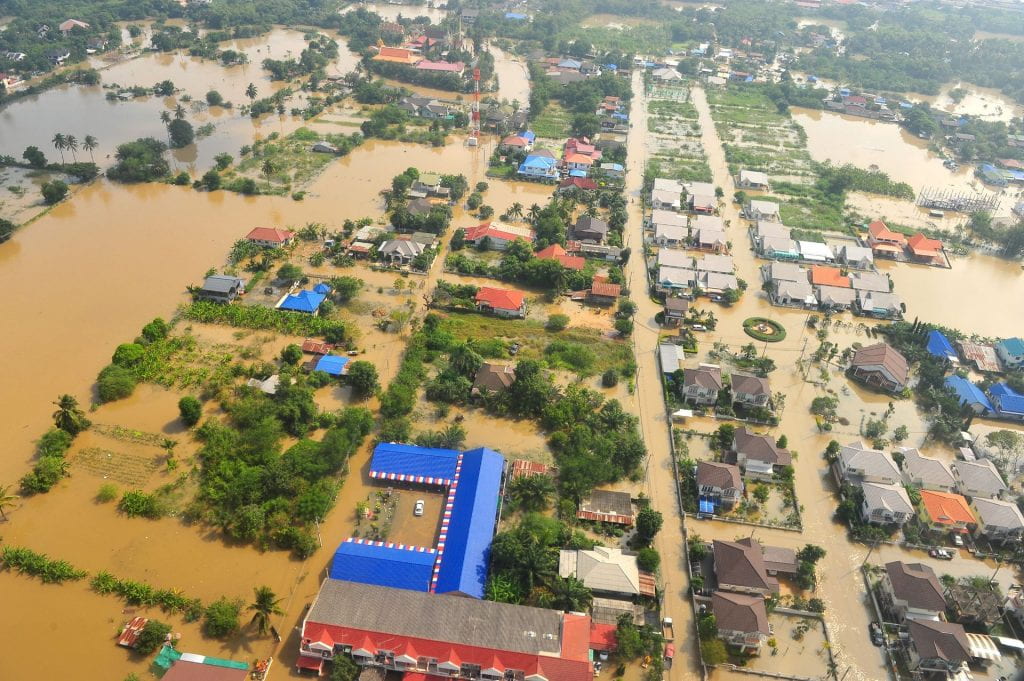It is hard to underestimate the importance of the Asian monsoon; the world’s largest weather system, affecting almost half of the world’s population, and the base of food security and water supply in Southeast Asia, large parts of China and beyond. With climate change comes more frequent high intensity downpours during the wet season, and the monsoon season also becomes more difficult to predict. Recently there have been alarming news reports on landslides, collapsed buildings and flooding, threatening people’s lives and livelihoods. A Tier 2* grant to ASE Associate Professor, isotope geochemist Xianfeng Wang and his collaborators Professor Edgardo M. Latrubesse and Dr Martin Werner could bring us a bit closer to more reliable predictions of how the Asian monsoon is changing under the influence of climate change.
In order to prepare for extreme climate events during the monsoon season, and prevent damage, we need to be able to predict these events in advance, and this is done through various types of computer models. The accuracy of the model predictions depends largely on the quality of the data used to evaluate them. This data is retrieved from historic proxies of climate variation. One such proxy that provides data of high accuracy about half a million years back is cave deposits. You may have visited a lime stone cave and seen speleothems – also known as stalactites and stalagmites, formed from the dripping of ground water over the course of millennia. Speleothems form seasonal layers, which preserve the composition of the water at the time when it was deposited. By dating the speleothem layers and measuring the occurrence of element isotopes in them, scientists like Assoc Prof Wang can look back in time at historic changes in the environment.
With this new Tier 2 grant, Assoc Prof Wang and his collaborators will create new speleothem proxies from strategic locations in Myanmar and Vietnam, where data is currently scarce. Then they will interpret the cave oxygen isotope ratios, or δ 18 O signal, associated with rainfall. By doing this they can unveil key evidence for past environmental changes driven by monsoon patterns. A recent discovery by the team on oxygen isotopic fractionation of moisture during transport points to that these proxies could also help solve a debate on the interpretation of speleothem oxygen isotope ratios from southeastern China. Comparisons between the new proxy data and model outputs will help evaluate climate models used for future climate projections for Southeast Asia, enabling more accurate predictions of Asian monsoon changes, so that countries where water resources and food security are highly vulnerable to monsoon changes, have a better chance to prevent disasters.
*The Singapore Ministry of Education (MOE) Academic Research Fund (AcRF) Tier 2 funds research projects on a competitive basis across Singapore-based universities.
Read more about Assoc Prof Wang Xianfeng here
Read more about the Isotope Geochemistry Lab here



